Infrakit OFFICE™ – Version 3.6.1
Infrakit OFFICE™ – Version 3.6.1
Highlights
SokoPro–Infrakit integration
We are pleased to announce the integration between Infrakit and Sokopro. The wish of the integration came originally from customers in order to improve information flow between the two software companies.
The integration has been successful and is now available to all of our customers. According to Fernando Korpi, Development Manager from SokoPro: “the biggest benefits of the integration are increased efficiency and transparency in data management and to make our customers’ day-to-day work easier.”
“As a result of the integration, we hope for a long and fruitful cooperation with Infrakit in the future”, tells Fernando Korpi.
SokoPro is a cloud service for data management, sharing and archiving. All the prestigious construction companies and real estate developers are using SokoPro for data management in Finland.
Faster cross-sections
On big sites, where Infrakit is used also as project data hub, the users have experienced system being slow. Actionsare now taken as new cross section tool optimizes the amount of data it uses for calculation of cross-sections. Nowthe speed of the view is not depending on project size, rather the amount of models user have selected to view.
Watch a video here.
User configurable as-built table
User can now change the order of as–built table columns like explained on video below.
Watch a video here.
Model elevation
Activate the terrain models on map and right click on top of the model. The elevation of the active models on that spot is displayed on pop-up menu. Note that it might take couple of seconds.
Watch a video here.
Book a Demo
Discover how Infrakit connects your entire infra project operations and drives value to every part of your business.
 The 3D collaboration model of Infrakit allows the client, the designer and the builders to visualize design files and review them in design and site meetings. The cutting and measuring functions provide tools for verifying interoperability of multi-discipline design. With 3D collaboration model available in browser, the client can monitor progress of the work and lead the design and construction projects while keeping the entity well under control. How does the new 3D view differ from its predecessor?
The 3D collaboration model of Infrakit allows the client, the designer and the builders to visualize design files and review them in design and site meetings. The cutting and measuring functions provide tools for verifying interoperability of multi-discipline design. With 3D collaboration model available in browser, the client can monitor progress of the work and lead the design and construction projects while keeping the entity well under control. How does the new 3D view differ from its predecessor?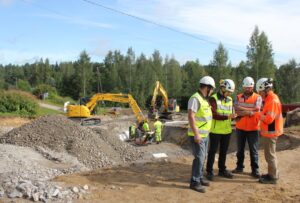 User configurable map tiles
User configurable map tiles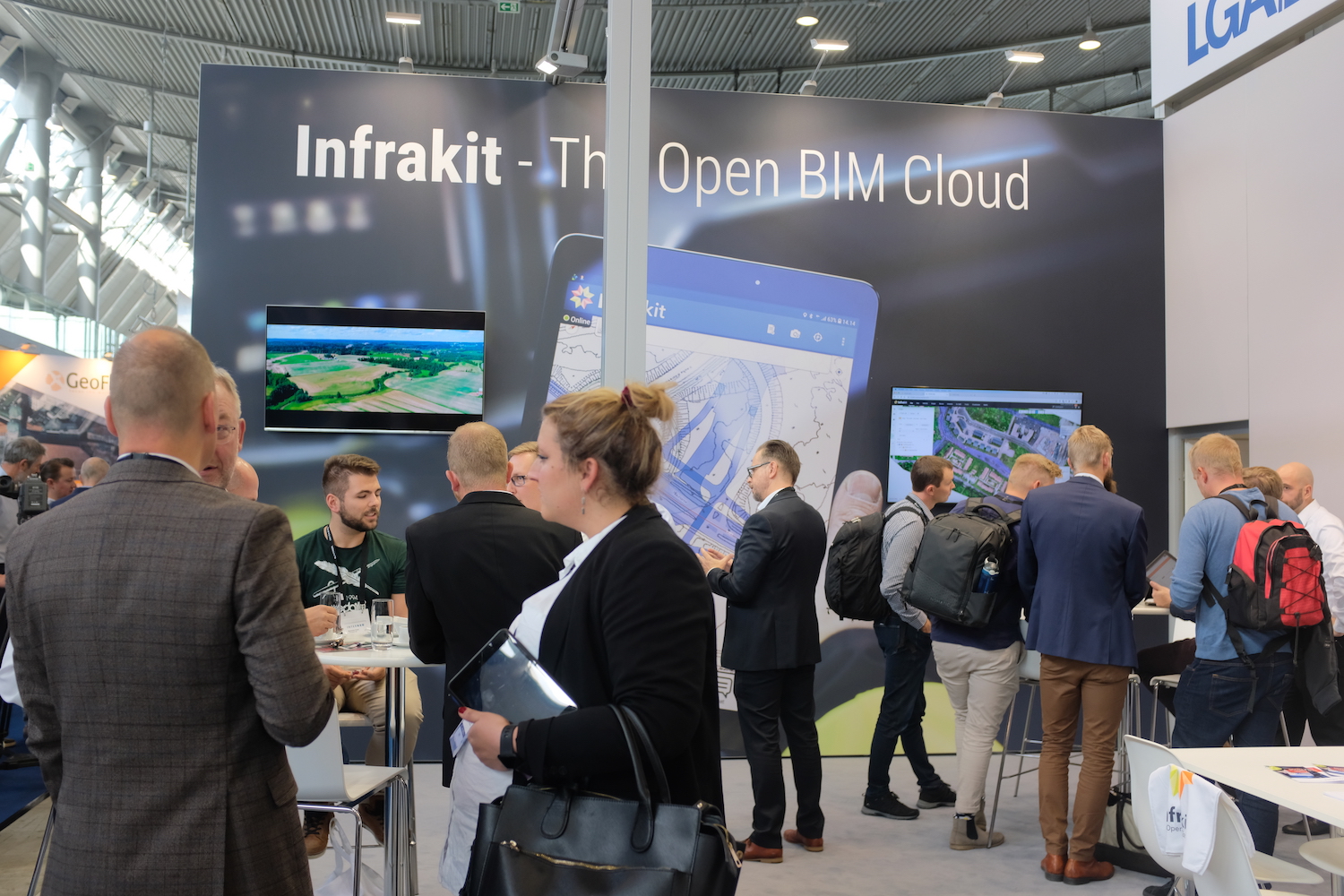
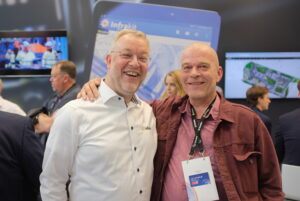
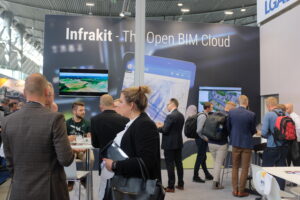
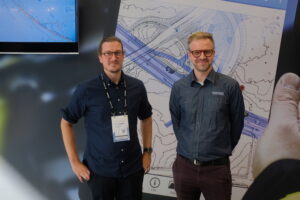
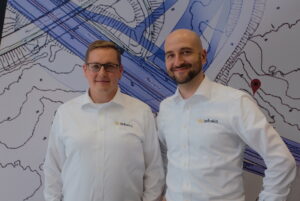
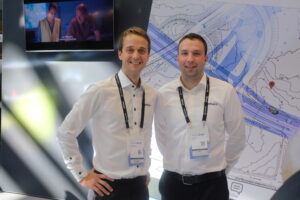
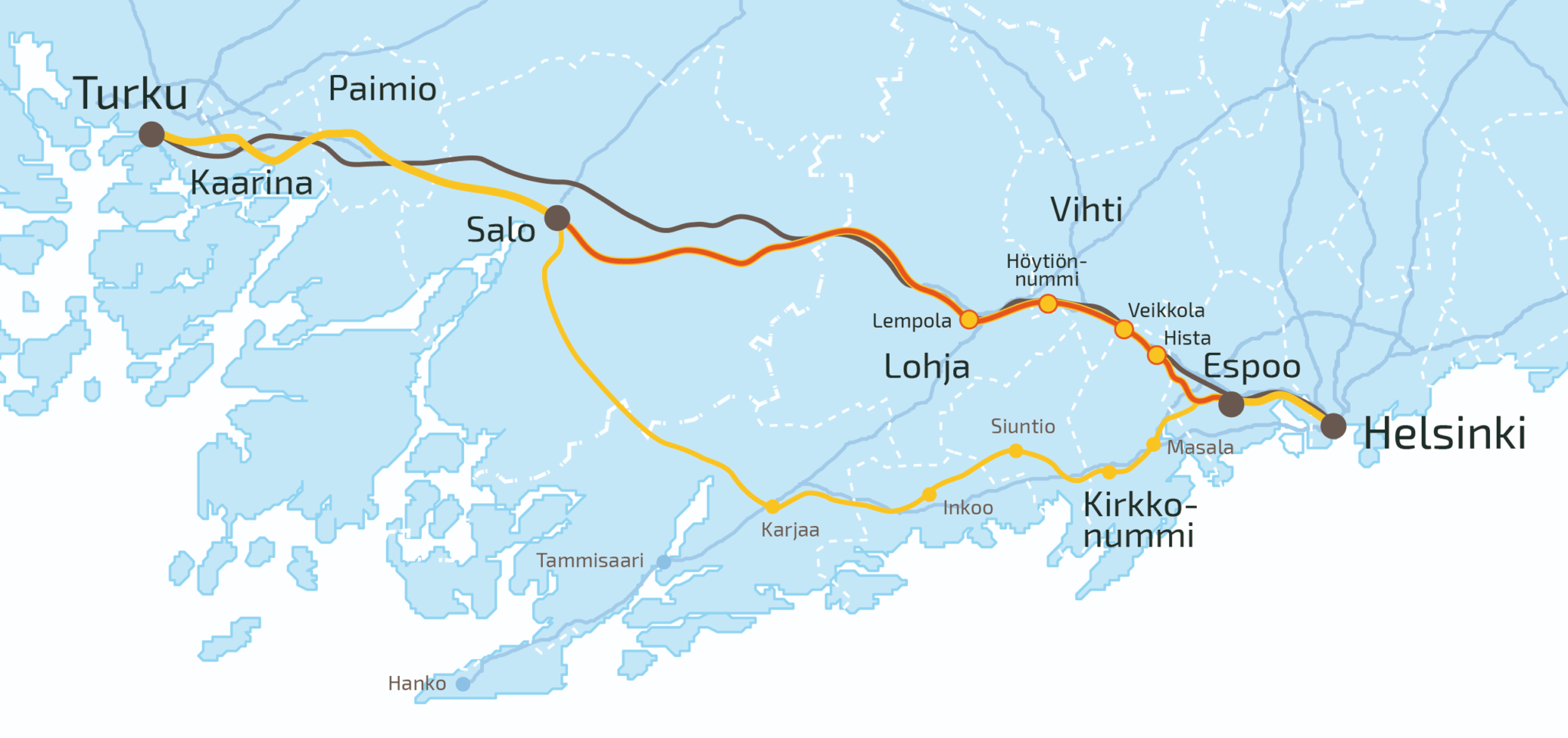
Recent Comments